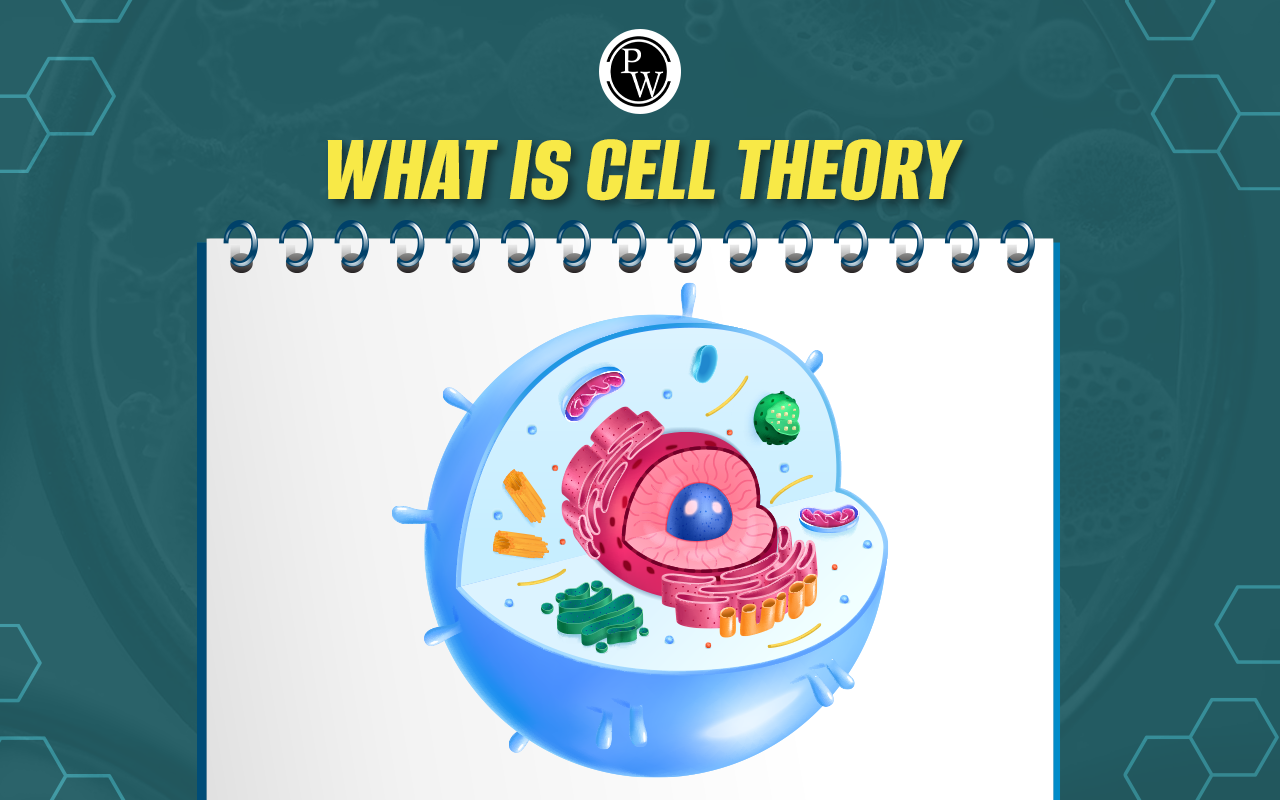
Difference Between Plant Tissue and Animal Tissue: Plant tissues and animal tissues mainly differ in their structure and function. Plant tissues have cell walls and include both living and non-living cells, which provide support and help with photosynthesis using chlorophyll in chloroplasts.
| NEET Biology Syllabus | NEET Biology Diagrams |
| NEET Biology MCQ | NEET Biology Chapter wise Weightage |
| NEET Biology Notes | NEET Previous Year Question papers |
On the other hand, animal tissues do not have cell walls and are made up entirely of living cells, specialized for functions like movement, sensation, and protecting internal organs. NEET aspirants should study these differences as part of their NEET syllabus . Below are NEET notes on the differences between plant tissue and animal tissue to help strengthen your understanding of the topic.
What is Plant Tissue?
Plant tissue is made up of similar cells that carry out specific tasks in a plant. These include vascular tissue, which transports water and nutrients (like xylem and phloem), ground tissue, which helps with photosynthesis (like parenchyma), and dermal tissue, which protects the plant (like the epidermis). For example, xylem carries water from the roots to the leaves.
What is Animal Tissue?
Animal tissue is made up of groups of cells that work together to perform certain functions in animals. The main types are connective tissue (like bones and blood), muscle tissue (which helps with movement), nervous tissue (that sends signals), and epithelial tissue (which covers surfaces). For example, muscle tissue allows movement by contracting and relaxing.
Difference Between Plant Tissue and Animal Tissue
NEET aspirants can use the table below to study important notes for the NEET exam . The following are the differences between plant tissue and animal tissue :
| Difference Between Plant Tissue and Animal Tissue | ||
| Feature | Plant Tissue | Animal Tissue |
| Cell Wall | Present (made of cellulose) | Absent |
| Chloroplasts | Present (in photosynthetic tissues) | Absent |
| Vacuoles | Large central vacuole | Small or absent |
| Types of Tissues | Meristematic and Permanent | Epithelial, Connective, Muscle, Nerve |
| Growth | Occurs throughout life (meristematic tissue) | Limited to certain periods (growth plates) |
| Energy Demand | Lower (due to presence of non-living cells) | Higher (all cells are living) |
| Function | Structural support, photosynthesis, storage | Locomotion, protection, sensation, support |
| Cell Division | Occurs in meristematic tissues | Occurs in specific regions (e.g., bone marrow) |
| Intercellular Spaces | Often present | Usually absent |
| Examples | Xylem, Phloem, Parenchyma, Collenchyma, Sclerenchyma | Epithelial tissue, Muscle tissue, Connective tissue, Nerve tissue |
Types of Plant Tissue
Plant tissues are mainly divided into two categories: Meristematic Tissue and Permanent Tissue.
1. Meristematic Tissue These tissues consist of cells that can divide continuously, helping the plant grow. They are further divided into three types based on their location:- Apical Meristem: Located at the tips of roots and shoots, it supports vertical growth.
- Lateral Meristem: Found along the sides of stems and roots, it helps the plant grow thicker.
- Intercalary Meristem: Located at the base of leaves or internodes, it aids in the regrowth of grasses and similar plants.
- Parenchyma: Living cells with thin walls, involved in photosynthesis, storage, and repair.
- Collenchyma: Cells with thicker walls that provide support and flexibility.
- Sclerenchyma: Dead cells with very thick walls, offering structural support.
- Xylem: Transports water and minerals from roots to other parts of the plant.
- Phloem: Carries food made in the leaves to different parts of the plant.
Types of Animal Tissue
Animal tissues are classified into four main types: Epithelial Tissue, Muscle Tissue, Connective Tissue, and Nervous Tissue.
- Epithelial Tissue These tissues cover body surfaces and line internal organs. They are involved in protection, secretion, and absorption. Types include:
- Squamous Epithelium: Flat, thin cells found in the lungs and blood vessels.
- Cuboidal Epithelium: Cube-shaped cells found in glands and kidney tubules.
- Columnar Epithelium: Tall, column-like cells found in the digestive tract.
- Stratified Epithelium: Multiple cell layers that provide protection, such as in the skin.
- Connective Tissue These tissues support and bind other tissues and organs. Examples include:
- Areolar Tissue: Binds skin to muscles and fills spaces between organs.
- Adipose Tissue: Stores fat and provides insulation.
- Blood: Transports nutrients, gases, and waste.
- Bone: Provides support and protection.
- Cartilage: Offers flexible support in areas like the nose and joints.
- Muscle Tissue These tissues are responsible for movement and are classified into three types:
- Skeletal Muscle: Voluntary muscles attached to bones, enabling movement.
- Smooth Muscle: Involuntary muscles found in internal organs like the stomach.
- Cardiac Muscle: Involuntary muscle found only in the heart, responsible for pumping blood.
- Nervous Tissue Composed of specialized cells called neurons, this tissue transmits electrical signals throughout the body, essential for coordinating and controlling bodily functions.
Physics Wallah provides the online coaching for NEET exam in India, with high-quality training at a reasonable price. NEET Online Courses by PW which have been skillfully designed to help students excel in their NEET exam preparation and succeed in the highly competitive NEET exam. Physics Wallah connects students with highly qualified teachers who specialize in explaining complicated ideas.
Difference Between Plant Tissue and Animal Tissue FAQs
What is the basic difference between the tissues of plants and animals?
Why are plant and animal tissues different from each other?
What are the five differences between plant and animal tissue?
What are the 4 types of plant and animal tissue?
What are the many differences between plant and animal cells?










